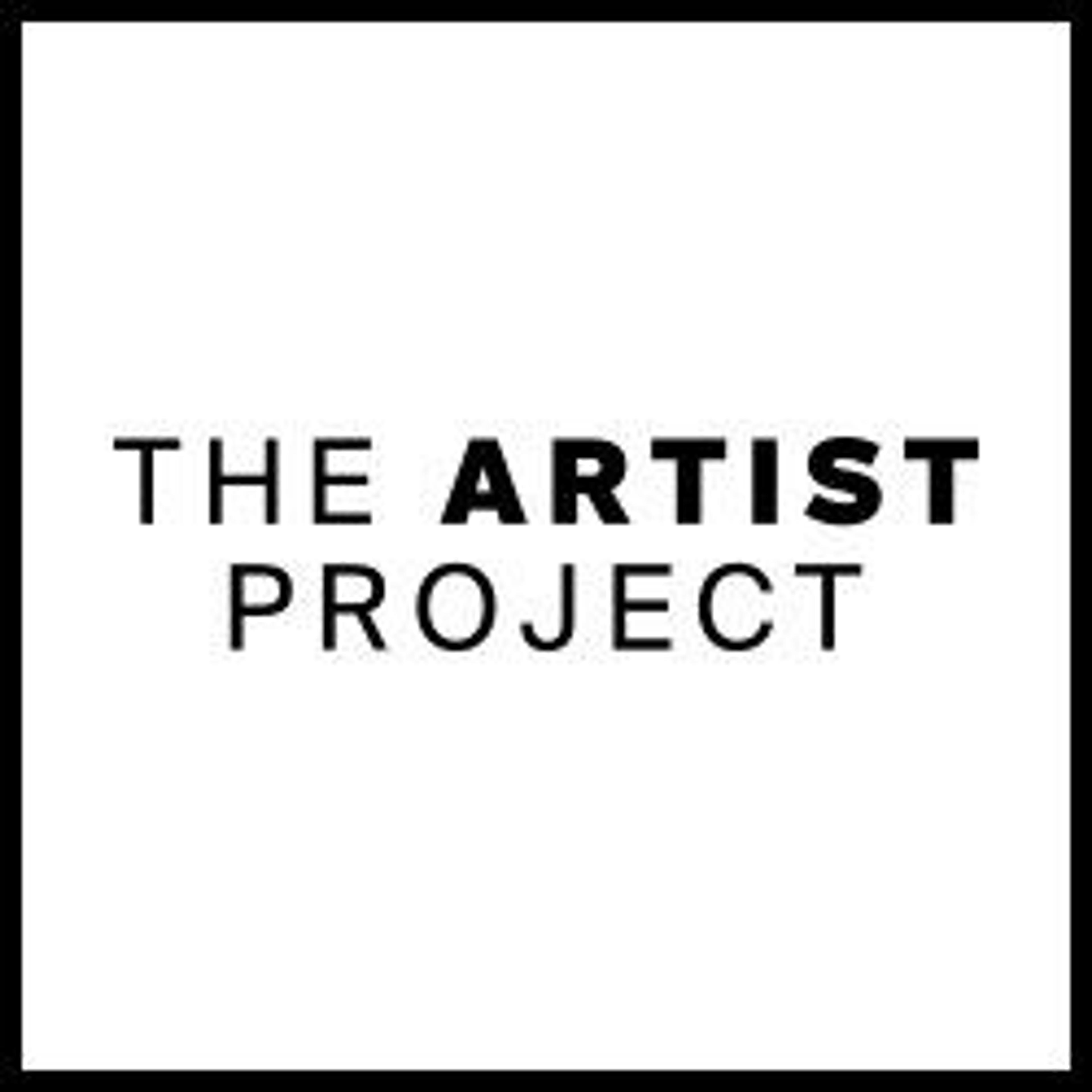Apples
This composition combines two separate studies that are unrelated to any known painting by Cézanne. The brownish tone that covers areas at the lower left and along the right edge may have been added by Cézanne’s dealer, Ambroise Vollard, who sold this picture to the painter Édouard Vuillard in exchange for one of the artist’s own works. The present canvas is thought to date to 1878–79, but 1883–87 has also been proposed.
Artwork Details
- Title:Apples
- Artist:Paul Cézanne (French, Aix-en-Provence 1839–1906 Aix-en-Provence)
- Date:1878–79
- Medium:Oil on canvas
- Dimensions:9 x 13 in. (22.9 x 33 cm)
- Classification:Paintings
- Credit Line:The Mr. and Mrs. Henry Ittleson Jr. Purchase Fund, 1961
- Object Number:61.103
- Curatorial Department: European Paintings
More Artwork
Research Resources
The Met provides unparalleled resources for research and welcomes an international community of students and scholars. The Met's Open Access API is where creators and researchers can connect to the The Met collection. Open Access data and public domain images are available for unrestricted commercial and noncommercial use without permission or fee.
To request images under copyright and other restrictions, please use this Image Request form.
Feedback
We continue to research and examine historical and cultural context for objects in The Met collection. If you have comments or questions about this object record, please contact us using the form below. The Museum looks forward to receiving your comments.
